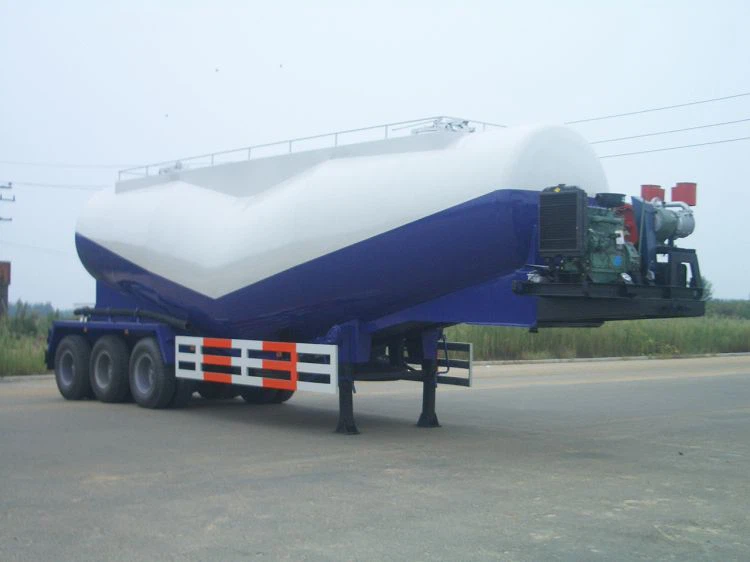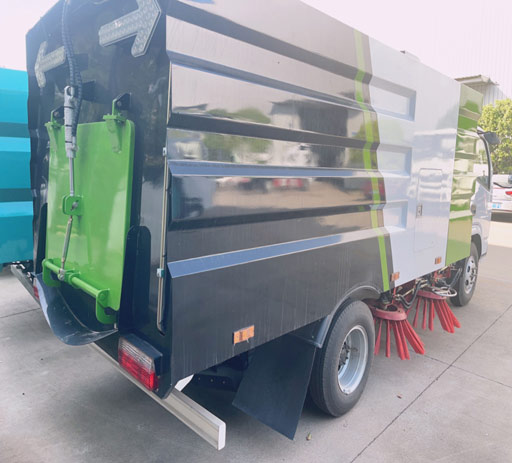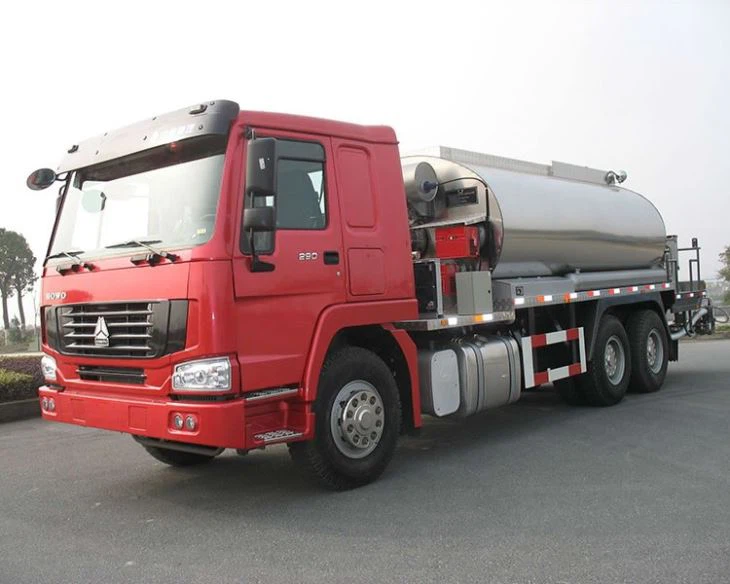Understanding the 30 Yard Compactor: A Comprehensive Guide

The 30 yard compactor is an essential piece of equipment for many businesses and industries that require efficient waste management. Whether you are in the construction, demolition, or commercial sectors, knowing how to effectively use a 30 yard compactor can significantly enhance your waste disposal process. This article covers everything you need to know about 30 yard compactors, including their features, benefits, usage tips, practical examples, and frequently asked questions.
What is a 30 Yard Compactor?
A 30 yard compactor is a powerful machine designed to compress large amounts of waste into a smaller volume. This compaction minimizes waste volume, making it easier and more cost-effective to transport and dispose of materials. These machines are especially popular in large-scale operations where space is a premium and waste production is significant.
Key Features of 30 Yard Compactors

- High Capacity: Can hold up to 30 cubic yards of waste.
- Durable Construction: Built to withstand heavy loads and harsh environments.
- Automatic Compaction: Often equipped with automatic systems for efficiency.
- Easy Loading: Designed for efficient loading using various methods (dumpsters, hoppers).
- Versatility: Suitable for a wide range of materials, including cardboard, plastics, and non-hazardous waste.
Benefits of Using a 30 Yard Compactor
Space Efficiency
By compacting waste, businesses can reduce the volume of their waste, allowing them to use less storage space and improving site organization. This is particularly valuable in urban areas where space is limited.
Cost-Effectiveness
Reducing the volume of waste leads to lower transportation costs and fewer trips to the landfill. This can result in significant savings, especially for businesses that produce a large volume of waste.
Environmental Impact
Compacting waste reduces the overall environmental footprint by minimizing landfill use and lowering carbon emissions associated with waste transportation. This aligns with many businesses’ goals of sustainability.
Improved Safety
Using a compactor can enhance workplace safety by reducing the scattering of waste materials, which can pose trip hazards. A well-organized waste management system keeps worksites clean and safe.
How to Use a 30 Yard Compactor
Step-by-Step Guide
- Prepare the Site: Ensure the area around the compactor is clear of debris and accessible.
- Load Materials: Use appropriate methods to load your waste into the compactor without exceeding weight limits.
- Compact the Waste: Activate the compaction mechanism following the manufacturer’s instructions.
- Monitor Levels: Regularly check the fill level of the compactor to avoid overloading.
- Schedule Disposal: Coordinate regular pick-up times with your waste management service.
Common Uses in Various Industries
Construction and Demolition
In construction sites, 30 yard compactors are ideal for managing construction debris, such as wood, metal, and plastics. By compacting these materials, contractors can keep the site organized and reduce trips to the landfill.
Retail and Grocery Stores
For retail businesses, these compactors are perfect for disposing of cardboard boxes and packaging materials. Using a 30 yard compactor can significantly decrease waste volume and streamline the disposal process.
Manufacturing Facilities
Manufacturers often generate scrap materials that require efficient disposal. A compactor can help manage this waste effectively, leading to a more sustainable operation.
Practical Tips for Operating a 30 Yard Compactor
Regular Maintenance
To ensure the longevity and efficiency of your 30 yard compactor, regular maintenance is essential. This includes checking hydraulic systems, lubricating moving parts, and inspecting for any signs of wear and tear.
Proper Loading Techniques
To achieve optimal compaction, load materials evenly and avoid overloading in one specific area. This helps in making the best use of the compactor’s capacity.
Training Employees
Ensure that all employees operating the compactor are properly trained. Instruction on safe operating procedures and regular training refreshers can prevent accidents and equipment damage.

Different Types of 30 Yard Compactors
Static vs. Portable Compactors
Static compactors are typically used in fixed installations and are ideal for long-term waste processing. Portable compactors, on the other hand, offer flexibility and can be moved to different locations as needed.
Vertical vs. Horizontal Compactors
| Type | Configuration | Best Use |
|---|---|---|
| Vertical Compactors | Compact waste by pushing it down vertically | Best for limited space and lower volumes of waste |
| Horizontal Compactors | Push waste through a horizontal chamber | Ideal for large volumes and heavier materials |
Cost Considerations for 30 Yard Compactors
Initial Purchase vs. Rental
When considering a 30 yard compactor, businesses must decide between purchasing or renting. Purchasing provides long-term savings but requires upfront investment, while renting offers flexibility and lower initial costs.
Maintenance Costs
Regular and unexpected maintenance can impact overall costs. It is wise to set aside a budget for routine servicing to prolong the life of your compactor.
Operational Costs
This includes the labor associated with operating the compactor and the costs of waste disposal services. Efficient operation can help keep these costs manageable.
Environmental Regulations and Compliance
Understanding Local Regulations
Different regions have specific regulations surrounding waste compaction and disposal. It is crucial for businesses to understand these regulations to ensure compliance and avoid potential penalties.
Benefits of Compliance
Avoiding fines and improving public image are two significant advantages of adhering to environmental regulations. Utilizing a 30 yard compactor properly can aid in demonstrating a commitment to sustainable practices.
Frequently Asked Questions (FAQ)
1. What materials can be compacted in a 30 yard compactor?
A 30 yard compactor can handle various materials, including cardboard, plastics, paper, and other non-hazardous waste types.
2. How often should a 30 yard compactor be emptied?
Emptying frequency depends on waste volume and type but usually should be done regularly to avoid overloading and operational issues.
3. Can a 30 yard compactor be used for hazardous waste?
No, 30 yard compactors are not designed for hazardous waste. Always consult local regulations for the disposal of such materials.
4. What are the safety precautions for using a 30 yard compactor?
Operators should wear appropriate PPE, ensure the area is clear of people during operation, and undergo proper training.
5. How can I extend the lifespan of my 30 yard compactor?
Regular maintenance, proper loading techniques, and employee training can significantly extend the lifespan of a compactor.

6. What should I do if my 30 yard compactor malfunctions?
If malfunction occurs, shut down the unit immediately and consult the manufacturer’s manual or a professional technician for repairs.
